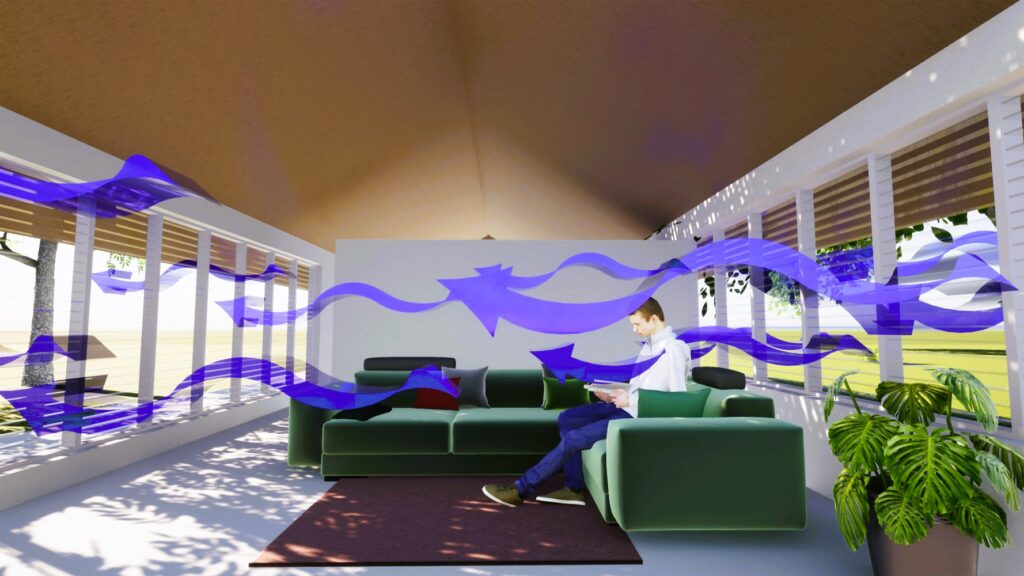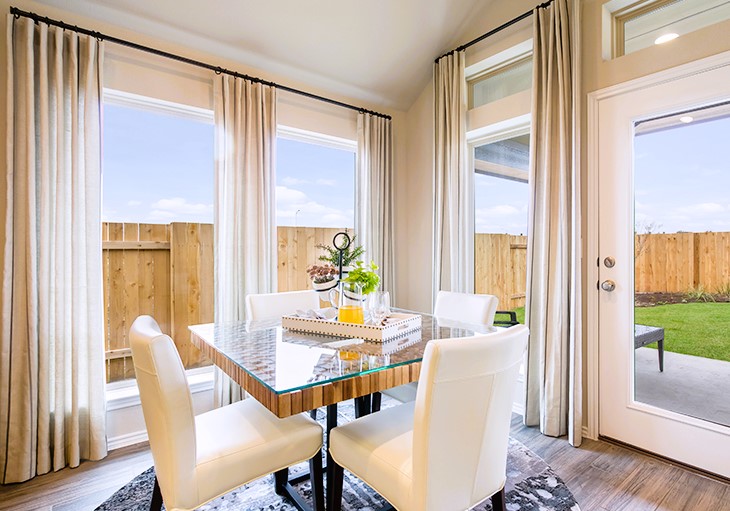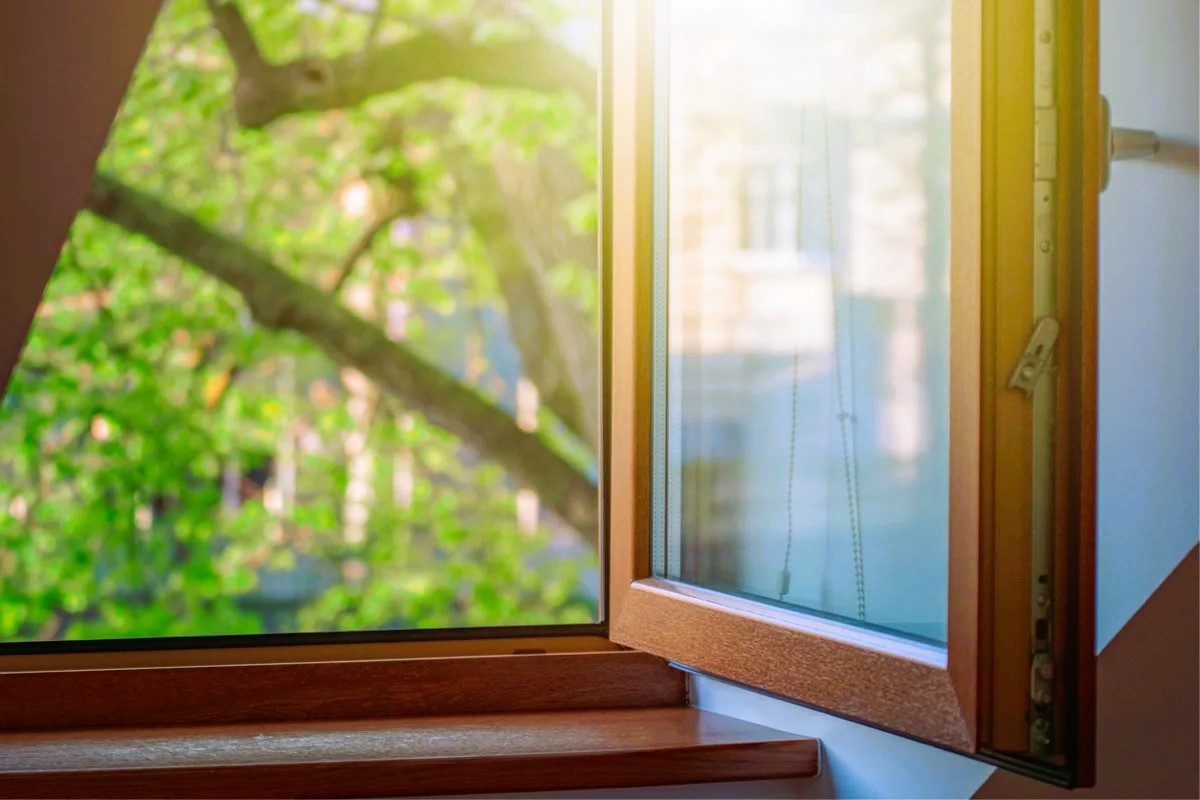The Impact of Window Placement on Home Ventilation
Proper ventilation is a key factor in creating a healthy and comfortable living environment. Windows play a crucial role in facilitating natural ventilation by allowing the exchange of indoor and outdoor air. The strategic placement of windows can significantly impact the airflow within a home, influencing its overall ventilation effectiveness. In this article, we’ll explore the importance of window placement in promoting efficient home ventilation and the benefits it brings to residents.
1. Understanding the Basics of Home Ventilation
a. Importance of Ventilation:
Ventilation is essential for maintaining indoor air quality. It helps remove pollutants, excess moisture, and odors, creating a fresh and breathable atmosphere within the home.
b. Natural vs. Mechanical Ventilation:
Ventilation can be achieved through natural means, such as windows and doors, or through mechanical systems like exhaust fans and air exchange systems. A well-designed home often combines both methods for optimal results.
c. Health and Comfort:
Proper ventilation contributes to the health and comfort of occupants. It helps prevent the buildup of indoor pollutants, reduces the risk of mold growth, and regulates indoor temperature and humidity levels.
2. Strategic Window Placement for Cross-Ventilation

a. Cross-Ventilation Defined:
Cross-ventilation is a ventilation strategy that involves the movement of air from one side of a building to the other. This is achieved by strategically placing windows on opposite sides, allowing for the flow of air through the space.
b. Optimal Window Placement:
To maximize cross-ventilation, windows should be positioned on walls facing prevailing wind directions. This allows fresh outdoor air to enter through one side of the home and exit through the opposite side, carrying stale indoor air with it. About caring for your plumbing system, read our seasonal tips and recommendations.
c. Consideration of Building Layout:
The layout of a building influences the effectiveness of cross-ventilation. Open floor plans and the placement of windows in key areas, such as living rooms and bedrooms, contribute to the efficient circulation of air throughout the home.
3. Single-Sided Ventilation and Airflow Control
a. Single-Sided Ventilation:
In some cases, homes may not have the option for cross-ventilation due to the layout or prevailing environmental conditions. In such instances, single-sided ventilation becomes crucial.
b. Adjustable Windows for Airflow Control:
Homes with adjustable windows, such as casement or awning windows, offer the advantage of controlling the direction and intensity of airflow. Homeowners can strategically open windows to direct breezes and optimize ventilation.
c. Incorporating Ventilation Aids:
To enhance single-sided ventilation, homeowners can incorporate aids such as window fans or interior fans. These devices help draw fresh air into the home and promote air circulation.
4. Consideration of Environmental Factors
a. Climate Influence on Ventilation:
The local climate significantly influences ventilation needs. Homes in hot climates may focus on capturing cool breezes, while those in colder climates may prioritize controlled ventilation to retain heat.
b. Landscaping and Obstructions:
The surrounding landscape and potential obstructions, such as tall buildings or dense vegetation, can impact the effectiveness of natural ventilation. Strategic landscaping and planning can mitigate these challenges.
c. Solar Gain and Heat Management:
Window placement also affects solar gain, the absorption of sunlight into the home. Proper management of solar gain through window placement and shading helps regulate indoor temperatures and reduces reliance on mechanical heating or cooling.
5. Energy Efficiency and Window Design

a. Energy-Efficient Window Features:
Energy-efficient windows with features such as low-emissivity (low-E) coatings and insulated frames contribute to maintaining comfortable indoor temperatures. These windows help reduce the need for excessive heating or cooling.
b. Strategic Use of Operable Windows:
Incorporating operable windows that can be opened and closed as needed allows homeowners to adapt to changing weather conditions. This flexibility ensures that ventilation can be optimized throughout the year.
c. Ventilation as a Passive Cooling Strategy:
Proper window placement serves as a passive cooling strategy, minimizing the reliance on air conditioning systems. This not only reduces energy consumption but also contributes to sustainable and eco-friendly home design.
Conclusion
The placement of windows in a home has a profound impact on its ventilation efficiency. Strategic window placement, whether for cross-ventilation or single-sided ventilation, enhances indoor air quality, promotes comfort, and reduces the reliance on mechanical systems. Homeowners can optimize ventilation by considering environmental factors, incorporating energy-efficient window features, and understanding the principles of airflow. In the quest for a healthy and comfortable living space, the thoughtful design of window placement emerges as a crucial element.
For more information on home ventilation, window design, and sustainable living, visit Wikipedia. Stay informed about best practices, local building codes, and advancements in home ventilation to ensure that your home provides a refreshing and invigorating living environment. Whether you’re designing a new home or considering renovations, prioritizing window placement for optimal ventilation is a step towards a healthier and more enjoyable living space.

